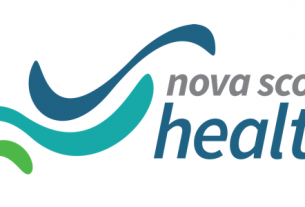**** Info via Health Canada
Talc: Health risks associated with inhalation and exposure to the female genital area
Health Canada and Environment and Climate Change Canada have conducted a joint screening assessment of talc under the Chemicals Management Plan. The final screening assessment, based on the latest scientific evidence, concludes that certain uses of talc may be harmful to human health. Specifically, talc may be harmful to lungs when inhaling certain loose talc powder products, and it is associated with ovarian cancer when using certain self-care products containing talc in the female genital area.
Reason
- Product: Certain self-care products (cosmetics, natural health products, and non-prescription drugs) containing talc as an ingredient in the form of loose powders (e.g., body powder, baby powder or loose face powder) and certain self-care products used in the female genital area (e.g., body powder, baby powder, diaper and rash creams, genital antiperspirants and deodorants, body wipes, bath bombs or bubble bath).
- Issue: The final screening assessment report, published under the Chemicals Management Plan, and which was jointly conducted by Health Canada and Environment and Climate Change Canada, concludes that inhaling loose talc powders and using certain self-care products containing talc in the female genital area may be harmful to human health.
- What to do: Check the ingredients list on product labels, avoid using loose talc powders that may be inhaled, and avoid using certain self-care products that contain talc in the female genital area.
What you should do
Canadians concerned about their exposure to talc can check the ingredient list on product labels and avoid using loose talc powders that may be inhaled and certain self-care products containing talc in the female genital area. Canadians concerned about current or previous use of products containing talc should also consult their healthcare professional.
What industry professionals should do
Healthcare professionals may wish to talk with patients about:
- inhaling loose talc powders;
- using certain self-care products containing talc in the female genital area; and
- checking the ingredient list on product labels for talc and choosing a talc-free alternative if concerned.
What Health Canada is doing
The Government of Canada is proposing measures to:
- help reduce exposures to talc from certain cosmetics which may be inhaled or which could come in contact with the female genital area, by modifying the existing entry on the Cosmetic Ingredient Hotlist; and
- help reduce exposures to talc from certain natural health products and non-prescription drugs, which may be inhaled or which could come in contact with the female genital area by modifying the existing entries of the Natural Health Products Ingredients Database and applicable monographs.
Canada is the first country in the world to propose action to help manage the human health risks of talc based on concerns related to ovarian cancer and lung effects for all age groups. Health Canada is communicating this important safety information to Canadians and healthcare professionals via the Recalls and Safety Alerts Database on the Healthy Canadians Web Site. This communication will be further distributed through the MedEffect™ e-Notice email notification system.




